As demand for water increases amidst dwindling resources and high operating costs, the utility companies are increasingly adopting smart metering to improve efficiency and savings. Most companies are gradually replacing the traditional meters that require manual reading with smart models that utilities can read remotely.
Today, smart water metering is enabling utility companies to improve service, billing efficiencies, and revenues while reducing wastage and costs. The digital solutions provide the water utilities and consumers with almost real-time usage data hence enabling the companies to predict the consumption patterns.
Unlike the traditional meters, smart metering utilize digital technologies such as sensors to measure consumption, a communication network to send and receive data, and control signals. It also requires a server to process the received meter data, generate and send bills, and control signals.
Usually, smart metering requires reliable 2-way communication since the meter needs to send and receive data to and from the processing server or control point. However, one challenge in the water industry is the lack of underlying infrastructure to support two-way communication.
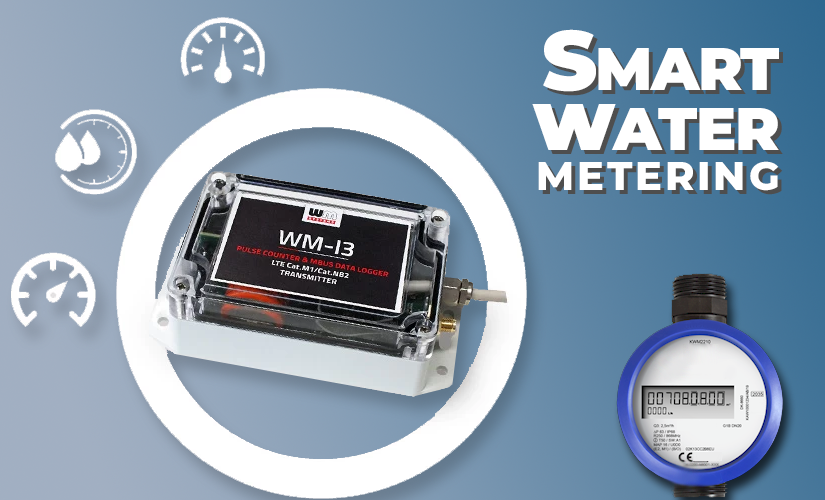
The communication technology for smart water meters has evolved in the recent past. That said, there is still a wide range of potential wireless technologies for any given application, and the choice may depend on cost, available infrastructure, and environment. The list below shows some of the available options and their ranges. Most of these support the Advanced Metering Infrastructure (AMI).

Up to 10KM
Up to 50KM
100-6000km
Some of these have a limited range and require costly infrastructure. Further, customers may be tied to a particular provider, which is not the case with cellular where you are likely to find multiple different providers in any one area. In practice, no single communication solution can meet all the needs of the entire system from the metering device at the consumer premises to the data processing server.
Deploying a combination of some technologies often results in complex and costly systems. However, wireless cellular provides one of the most easy-to-use technology.
Just like the way a mobile phone works, the cellular-enabled wireless smart meter collects consumption and other relevant data which it then sends to a processing server over the cellular network. However, the smart meter sends much less information compared to a cellphone which has the capacity to send high-quality images.
Consequently, the meters have lower data capacity and energy requirements. Today, the advances in long-lasting batteries ensure that the smart meter can last several years before requiring a charge or replacement.
Utilities can overcome the complexities of combining many solutions by using cellular wireless networks since they offer a wide range of cost and operational benefits. The cellular meters connect directly to existing mobile networks and therefore do not require additional physical infrastructure beyond the existing telecom towers.
Additionally, the cellular communication networks, available in almost any location, including densely and sparsely populated areas, are more stable and can withstand harsh conditions such as floods, storms, and others.
Since the cellular networks are built to accommodate voice and data, the meters will not need additional components such as cabling, antennas, repeaters, data collection units, and others that may increase the complexity and costs of deploying the smart metering system.
Usually, the cellular-enabled water smart meters are plug-and-play. As such, they do not require additional network devices or infrastructure as long as there is an existing cellular network. With such devices, it is possible to install and start using them immediately.
Despite the lower deployment requirements, the startup costs may however be significant since the utility needs to purchase the cellular meters. Most often, the purchase and the installation costs could be double or even thrice than that of the traditional manual models.
Although smart metering reduces the need to carry out manual meter reading, there could be a need to retrain the staff to install, operate and maintain digital systems. Additionally, there will be a need to change the systems to receive and process data electronically as opposed to manual methods, train consumers, manage the data, and more.
Usually, most smart meters are low-power devices that rely on battery energy. Due to the locations and general layout of the water distribution networks, it can be difficult to supply the devices with mains electricity. As such, most operates on long-lasting batteries which should ideally last several years before requiring replacement.
There could be a challenge when in low signal locations since this will degrade performance and drain the battery faster.
Also, as this is an evolving trend, utilities may experience a shortage of compatible smart water meters that communicate over cellular networks.
Wireless smart meters provide a wide range of benefits including lower deployment and maintenance costs, faster data acquisition, and more. Generally, smart metering regardless of the communication technology used provides transparency in billing and better customer engagement.
The digital systems deliver various other benefits including providing timely data and the ability to track usage in almost real-time. Some devices come with apps that allow consumers to monitor their usage on their mobile phones or computers hence managing the consumption better. Also, they are able to query their current bills any time hence enabling them to plan better.
Besides consumer benefits, water utility companies can save a lot on operational costs. For example, smart solutions, whether on AMI or cellular, supports remote water metering, hence eliminating the need for workers to go to read the consumption.
Additionally, smart metering supports the use of other sensors that can detect leakages, theft, and water quality. Consequently, utilities are able to reduce wastage while improving quality and services. Also, the automated meter reading AMR is more accurate. As such, it eliminates the many human errors that often occur with manual reading hence reducing the consumer complaints and time spent to resolve them.
As utilities move to smart metering, cellular-based smart metering is likely to experience a higher growth compared to those using other communication technologies. However, there are technologies such as LTE-M and NB-IoT which will still have a good share of the markets and will create a viable hybrid private/public option.
Also, as the AMI continues to evolve and expand, utilities will have a wider choice of communication technology to adapt. For wireless technologies, cellular stands out due to its various benefits. Research by Omdia says that cellular and LPWAN (low-power, wide area network) communication technologies will account for 20 percent of the smart meters. Advances in battery technologies also justify investing in cellular-based smart water meters.
Today, the various hardware manufacturers, telecommunication companies, and technology integrators are working together to deliver solutions that address smart metering needs. For example, this has resulted in delivering easy-to-install plug-and-play cellular-based smart water meters that utilizes existing cellular networks infrastructure. In most cases, telecom companies even offer smart metering communication services at lower rates compared to the normal mobile phone charges.
Additionally, some independent technology integrators or providers are offering cellular endpoints which are cost-effective and flexible while enabling utilities to streamline their deployments. The cellular endpoints eliminate the need for the water utility to install and maintain its AMI supporting infrastructure. Instead, the utilities use the existing and latest cellular communication networks.
Today, there are emerging cellular-based, infrastructure-free AMI systems that allow the utilities to link the smart meters to universal third-party cellular network providers. Unlike the traditional AMI that requires the utilities to install and/or use and maintain propriety, fixed communication networks, the newer systems do not require these and have fewer vendor lock-in risks.
Cellular networks are today offering reliable and resilient communication suitable for almost any form of smart metering. As such, as the adoption of the cellular-based AMI continues to grow, most utilities will find the cellular-based smart meters more cost-effective and reliable.
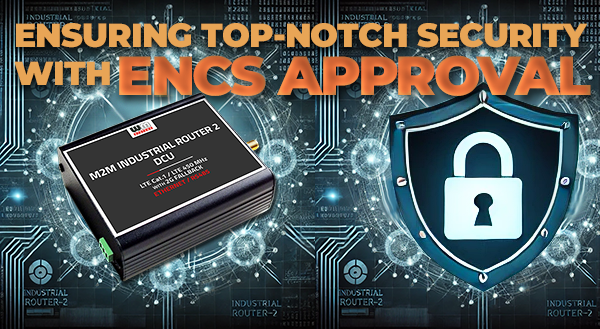
A Testament to Compliance with Key Cybersecurity Standards

We are thrilled to announce that Ali Mouslmani has joined WM Systems as our new partner in the United Arab […]
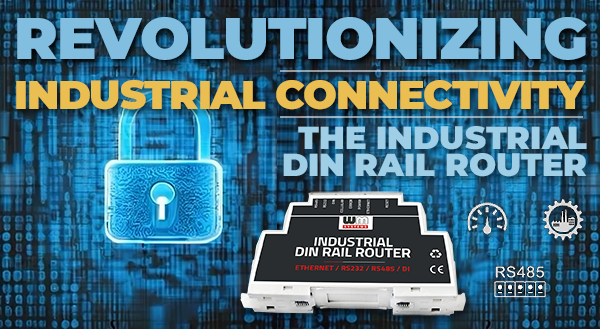
Introduction In the rapidly evolving world of industrial automation and IoT, the demand for compact, versatile, and efficient communication solutions […]

Introduction The fourth industrial revolution, or Industry 4.0, is redefining the landscape of industrial operations. Key to this transformation is […]

The group of WM Systems LLc.
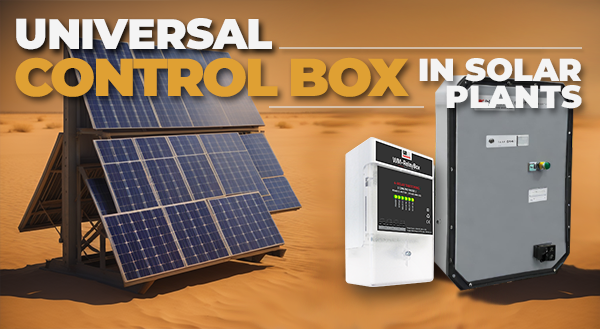
Solar plants and farms are complex systems with a variety of equipment that needs to be monitored and controlled. This […]

Industrial settings are replete with equipment that demands efficient connectivity solutions. With the rise of the Internet of Things (IoT) […]
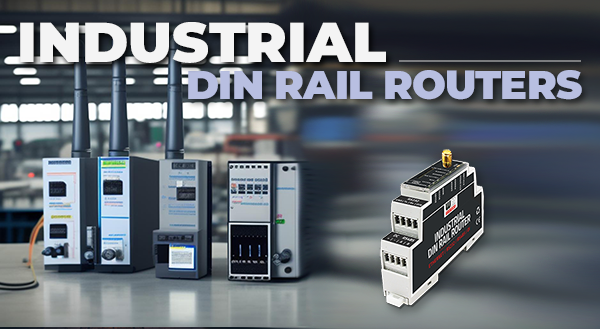
DIN-rail mountable industrial routers are an essential component of many industrial applications. They provide a reliable and secure way to […]
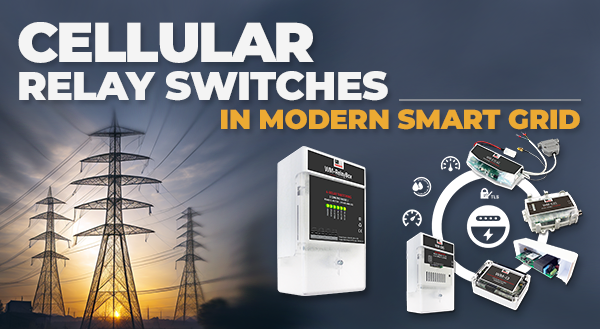
Make the modern smart grid more secure, resilient, and sustainable
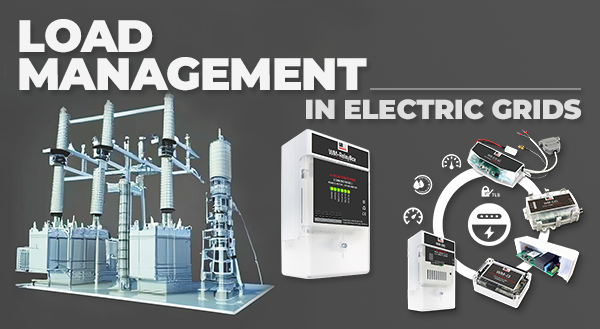
In today’s dynamic world, understanding the nuances of electrical energy management has never been more crucial. A distinct feature of […]
